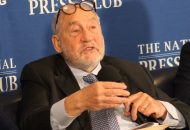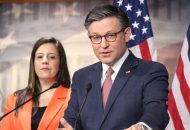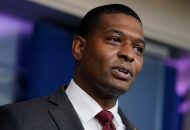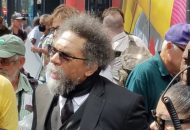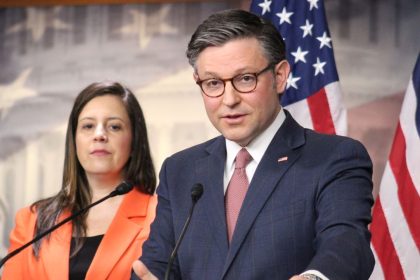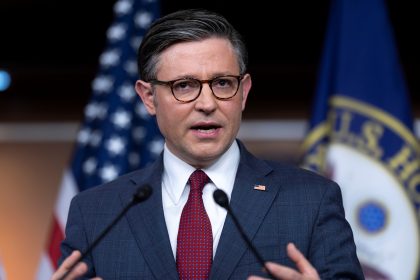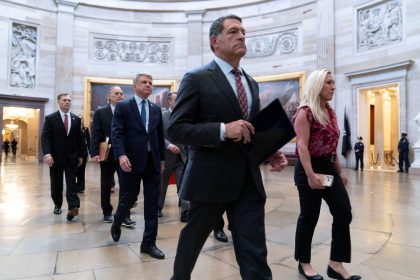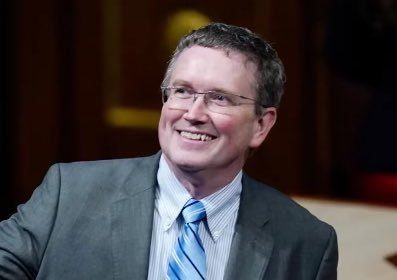‘War’ Report from FBI Overlooked Before Capitol Riot

WASHINGTON — Lawmakers repeated their conviction at a Senate hearing Tuesday that never again should insurrectionists be allowed to attack the U.S. Capitol like they did on Jan. 6 while acknowledging huge security lapses.
They reviewed failures in intelligence reports, coordination of law enforcement efforts and training of the police who responded to the riot.
Law enforcement officials told them they were surprised by the size of the attack.
“We don’t train for an insurrection of thousands of people,” said Steven A. Sund, former chief of the U.S. Capitol Police.
He resigned immediately after Jan. 6 amid denunciations that he failed to prepare adequately.
Sund blamed failures of intelligence analysts from a variety of agencies grouped together as the Joint Terrorism Task Force for the lack of preparedness by police. The U.S. Capitol Police led the defense against the rioters.
“We rely on accurate information from our federal partners to develop effective security plans,” Sund said.
However, he acknowledged under questioning from several senators that he did not see an FBI report sent to the Capitol Police the night before the insurrection that warned extremist groups were “preparing for war.”
“I actually just in the last 24 hours was informed by the department that they had received that report,” Sund told the Senate Homeland Security Committee.
The FBI report referred to a social media posting that described preparations for an attack. It showed a map of Capitol-area tunnels and demonstrated collusion among conspirators in Kentucky, Massachusetts, Pennsylvania and South Carolina.
Sen. Gary Peters, D-Mich., chairman of the Senate Homeland Security Committee, told the former Capitol Police chief, “That raises a big question. It does not get to operational command? How could that happen?”
The FBI report included a quote from the attackers telling them to “be ready to fight.”
The insurrection followed a speech by former President Donald Trump at Freedom Plaza, about two miles from the Capitol. Trump repeated his ill-founded accusations of voter fraud that led to his loss during the presidential election. He also suggested that his supporters, who congregated in a crowd of thousands, march on the Capitol.
Lawmakers during the Senate hearing agreed Trump’s words aggravated the crowd for the attack.
Sund said the U.S. Capitol Police prepared by bringing in extra officers to stand ready for violence. He said he was relying on intelligence reports suggesting at least the possibility of some violence.
However, he said, “Even our best efforts were not enough to stop this unprecedented attack on the Capitol.”
Similar comments were made by Paul D. Irving, former sergeant at arms for the U.S. House of Representatives. He also resigned amid criticism over the security lapse.
He said the intelligence reports showed there was a risk of civil disobedience but they classified the risk of widespread violence as “remote to improbable.”
“Based on the intelligence, we all believed that the [security] plan met the threat,” Irving said.
He also said he did not see the FBI report warning of “war.”
Sen. Amy Klobuchar, D-Minn., who chairs one of the panels holding the hearing, said there appeared to be a serious breakdown in communications among different security agencies.
“You can look at this as a process that is not prepared for a crisis,” Klobuchar said.
She added that the attack demonstrated white extremist groups like the Proud Boys, QAnon and the Oath Keepers conspired before Trump’s speech.
“There’s clear agreement this was a planned insurrection,” Klobuchar said.
Klobuchar and other lawmakers said more security measures are needed but did not give details of their planned changes. They said they hoped they would be discreet in a way that did not block public access to “the people’s house.”










